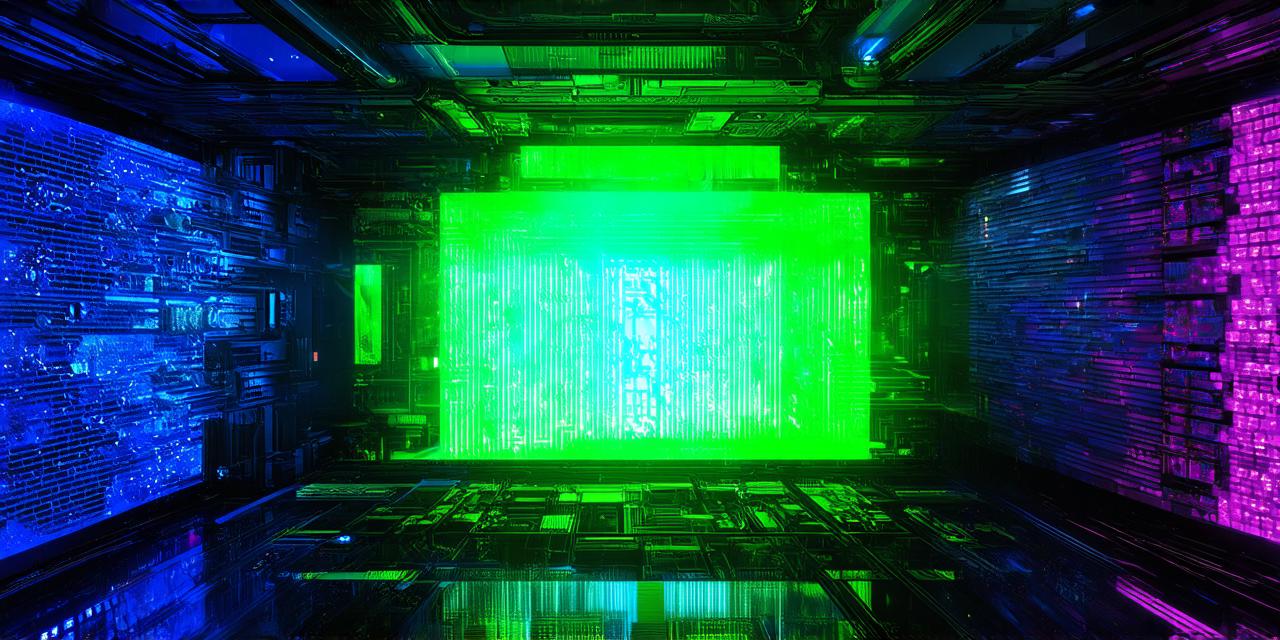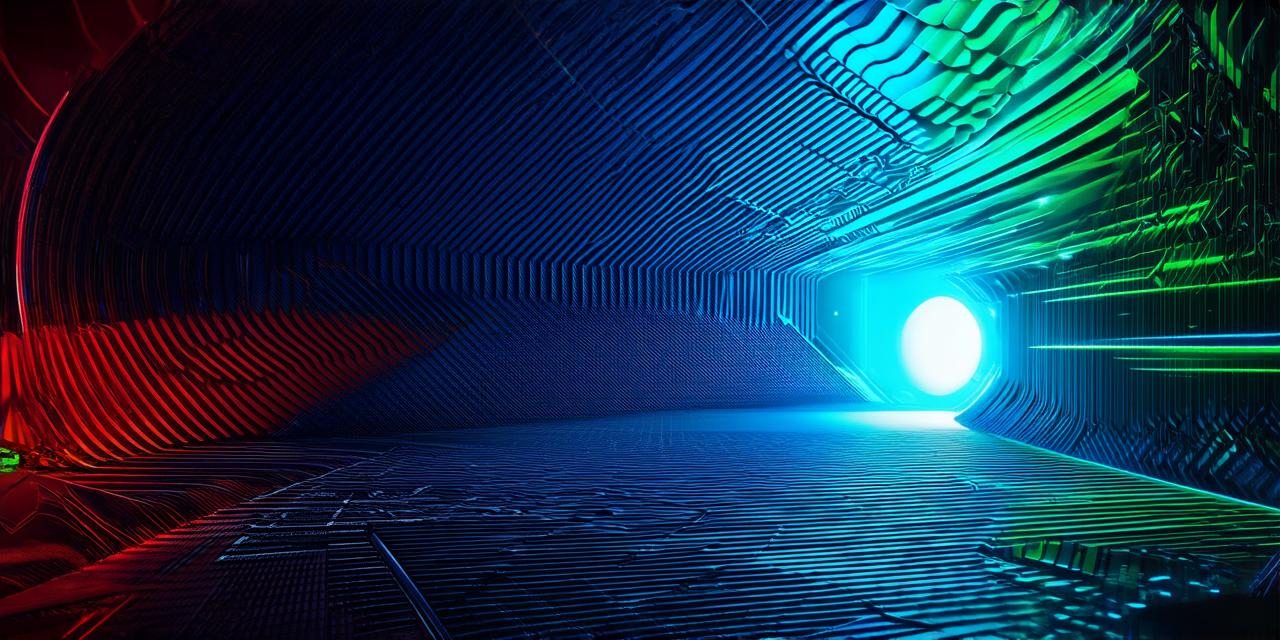Mixed reality (MR) is a new technology that blends the real world with digital elements in a seamless manner. This allows users to experience immersive, interactive content without having to wear any special devices or equipment.
One of the main benefits of mixed reality is its ability to enhance the user’s understanding and engagement with complex concepts. For example, imagine being able to visualize the internal workings of a machine or the structure of a building in 3D.
This can be achieved through the use of augmented reality (AR) technology, which overlays digital information onto the real world using sensors and cameras.
Another example of mixed reality is virtual try-on, which allows users to see how different products would look on them before making a purchase. This has already been implemented in the fashion industry, where customers can use an app to upload a photo of themselves and then see how clothes and accessories would fit onto their body.
Mixed reality also has applications in education, training, and gaming. For example, medical students can use AR to practice surgical procedures on virtual models, while military personnel can use VR simulations to prepare for real-life missions. In gaming, MR technology allows players to interact with the environment in a more immersive way, as they can physically move around and interact with objects within the game world.
One of the key challenges in developing mixed reality is achieving seamless integration between the real world and digital elements. This requires careful planning and attention to detail, as well as the use of advanced software and hardware technologies.
In conclusion, mixed reality is an exciting new technology that has the potential to revolutionize the way we interact with digital content. With its ability to enhance understanding, engage users, and provide immersive experiences, MR technology is sure to continue driving innovation in a variety of industries.



